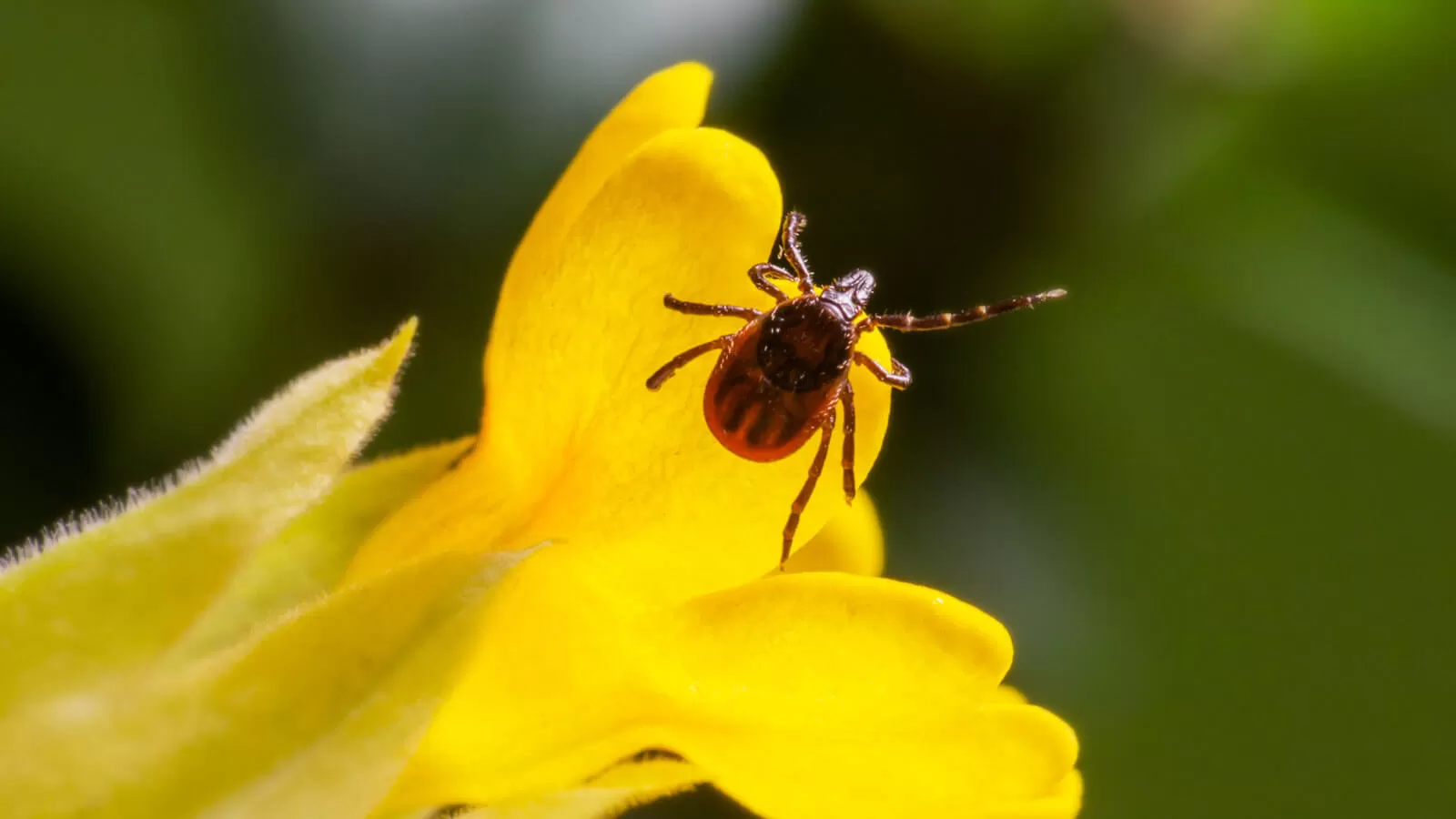How Climate Change is Affecting the Spread of Lyme Disease—and 5 Things You Need to Know About the Disease

As the weather gets warmer, many of us will be spending more time outside, indulging in our favorite summer activities—and exposing ourselves to the elements, including a booming tick population. The incidence of Lyme disease has more than doubled over the last 24 years1 because populations of disease-carrying Ixodes ticks, better known as black-legged or deer ticks, have increased and expanded their ranges.2
You don’t need to cancel summer adventures, but understanding ticks, the impact of warmer temperatures (and climate change) on their behaviors, and the prevalence of Lyme disease are the best way to protect yourself when you’re spending time in the great outdoors.
Warmer weather gives rise to more active ticks
Temperature affects the life cycle and prevalence of Ixodes ticks. This species is most active when temperatures are above 45˚F.3 Climate change has contributed to shorter, milder winters and longer, hotter summers, extending the period when ticks are active and increasing their survival.3
Ticks enjoy warm, humid temperatures and will spread out to find them
Climate change has also contributed to the expanded range of ticks.3 As typically colder and dryer climates become warmer and wetter, there has been an expansion of ticks in the northern hemisphere and at higher altitudes where they were previously unable to survive.4,5
Optimal conditions also allow tick hosts to survive
Warming temperatures don’t just affect the habitats where Ixodes ticks live and thrive; climate change has also changed the habitats of host species that ticks depend on to survive.4 As temperatures change and rodents, birds, and deer—all common host species—expand their ranges, they may take ticks and the risk of Lyme disease with them, too.4
Understanding Lyme disease
The U.S. Centers for Disease Control and Prevention (CDC) estimates that approximately 476,000 people may be diagnosed and treated for Lyme disease each year in the United States6 and the number of new cases has increased in many regions of the U.S.7
Here are five surprising facts about Lyme disease:
1. Can you get Lyme disease even if you live in a city?
You don’t have to go camping in the woods to be at risk of Lyme disease. Ticks live near the ground—in areas where there are trees, brush, and grass, which means that it’s possible to get a tick bite while walking your dog or gardening.8,9
2. How long do ticks need to be attached before they can spread Lyme disease?
Ticks bite their hosts, attaching to their skin to feed on their blood.9 In most cases, a tick must be attached for more than 24 hours before the Lyme disease bacterium can be transmitted. Promptly removing the tick can prevent the transmission of Lyme disease.10
Ticks may attach themselves in areas that are easily missed including the hairline, back of neck, behind the ears, back of the knees, groin, and armpits.11 Doing a thorough check and removing any ticks as soon as possible, ideally within 24 hours, reduces your chances of getting Lyme disease or other tick-borne diseases.10,11
3. Can Lyme disease cause serious long-term complications?
Early intervention is key to decreasing the likelihood of developing Lyme disease after a tick bite.12 As many as 10% of patients experience persistent symptoms after treatment for Lyme disease, including pain, fatigue, or brain fog that last for at least 6 months after completion of the recommended antibiotic treatment.13
Patients with persistent symptoms following treatment usually get better over time, but it can take many months to fully recover.13
4. Has Lyme disease been found everywhere in the world?
The number of people who get Lyme disease has been rising every year and it has been found in numerous countries across the Americas, Europe, and Asia.14 Lyme disease is the most common tick-borne disease in the northern hemisphere.15
5. Can you get Lyme disease more than once?
Being diagnosed with Lyme disease does not protect you from getting it again—all it takes is another bite by an infected tick.16 Several vaccines are currently in development for Lyme disease, but for the time being, personal preventive behaviors, such as insect repellent, checking for ticks after being outdoors, and wearing long clothing, remain the only recommended strategies to help protect yourself from this debilitating condition.11,16





